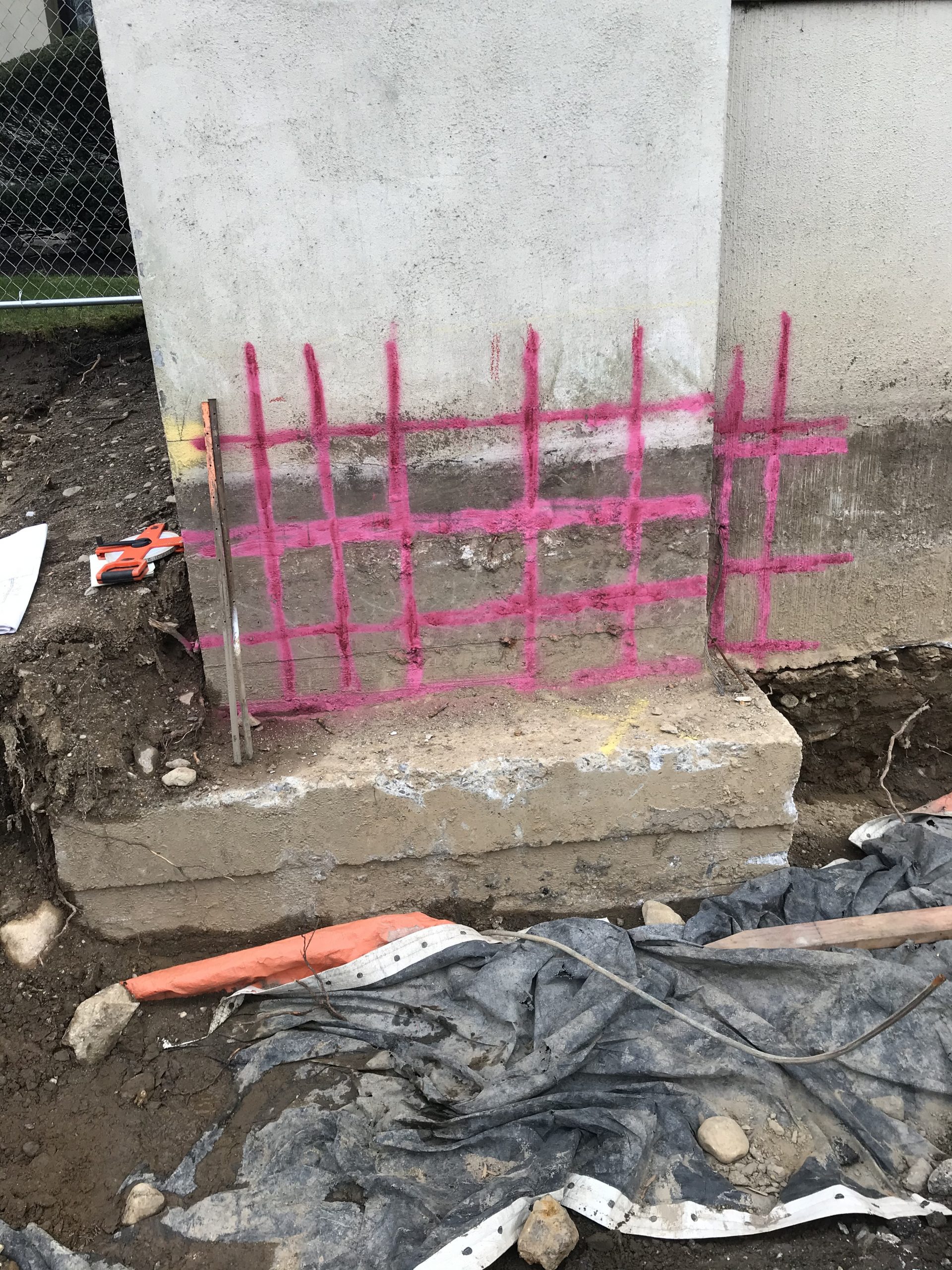Beyond the Surface: Leveraging Advanced Concrete Scanning Techniques for Unmatched Accuracy and Understanding
In the realm of building and infrastructure upkeep, the quest for precision and thoroughness is incessant. Advanced concrete scanning methods have become crucial devices in this quest, using a glimpse underneath the surface to introduce a world of critical understandings. By using innovative technologies, professionals can uncover anomalies, assess the problem of concrete frameworks, and make educated decisions that shape the training course of jobs. The ramifications of these strategies extend far beyond simple surface-level examinations, promising a depth of accuracy and understanding that is unrivaled.
Value of Advanced Concrete Scanning
The value of using sophisticated concrete scanning strategies depends on the unrivaled accuracy they provide for discovering sub-surface anomalies and making certain structural honesty. By employing advanced modern technologies such as ground-penetrating radar (GPR), electro-magnetic induction, and progressed sonar imaging, construction specialists can dig under the surface of concrete structures with a level of accuracy that much surpasses typical examination approaches. Concrete Scanning. These methods make it possible for the recognition of surprise risks like rebar rust, gaps, channels, or post-tension cables that could endanger the security and security of a framework in time
In addition, progressed concrete scanning supplies indispensable understandings into the general condition of a concrete aspect without the demand for intrusive steps, lessening the threat of causing damage throughout the evaluation procedure. The capacity to identify the specific area and deepness of potential concerns permits targeted fixings and upkeep, inevitably prolonging the life expectancy of the framework and maximizing its performance. Fundamentally, the importance of sophisticated concrete scanning can not be overstated in the realm of building and construction and infrastructure maintenance, where accuracy and reliability are critical.
Types of Cutting-Edge Technologies

Abnormalities and Flaw Detection

In addition to GPR, concrete scanning techniques like thermography and impact-echo testing are likewise efficient in finding problems and anomalies. Thermography makes use of infrared technology to identify variations in surface area temperature, showing potential locations of problem such as delamination or moisture access. On the various other hand, impact-echo testing entails assessing acoustic see this site feedbacks to discover gaps, fractures, and various other flaws within the concrete. By leveraging these innovative strategies, experts can proactively resolve structural issues, making sure the long life and safety and security of concrete frameworks.
Assessing Concrete Condition
Exactly how can engineers properly evaluate the problem of concrete structures to guarantee their long life and safety and security? Different advanced concrete scanning techniques are used for this function. Ground-penetrating radar (GPR) is generally utilized to assess the interior structure of concrete, identifying spaces, fractures, and various other abnormalities that may compromise its stamina.
Moreover, aesthetic examination remains a fundamental part of concrete condition assessment. Engineers aesthetically examine the surface area Concrete Scanning for signs of deterioration, such as spalling, fracturing, or staining. Incorporating non-destructive testing approaches with visual inspections permits an extensive assessment of concrete condition, allowing engineers to identify potential problems early and execute prompt maintenance or repair services. By leveraging these advanced methods, designers can make certain the long-lasting durability and safety and security of concrete frameworks.
Enhancing Decision-Making Procedures
In the world of infrastructure management, enhancing decision-making procedures is crucial for making certain the reliable upkeep and longevity of concrete structures. Boosted decision-making procedures in concrete management entail making use of innovative scanning techniques to gather detailed information on the problem of frameworks. By leveraging modern technologies such as ground-penetrating radar and 3D imaging, stakeholders can make educated decisions regarding support, substitute, or repair service strategies.
These advanced scanning methods supply vital understandings into the inner composition of concrete, determining prospective concerns such as spaces, fractures, or deterioration that may not show up externally. This degree of in-depth info enables aggressive upkeep planning, minimizing the threat of structural failures and boosting the overall life-span of concrete structures.
Furthermore, by integrating electronic documentation and evaluation tools into the decision-making procedure, stakeholders can track the advancement of concrete conditions with time, making it possible for anticipating upkeep techniques and maximizing resource allotment. Eventually, the assimilation of innovative concrete scanning techniques you could check here improves decision-making processes by supplying unmatched accuracy, understanding, and performance in infrastructure monitoring.
Conclusion
Finally, progressed concrete scanning methods use unrivaled precision and understanding in detecting abnormalities, flaws, and examining the problem of concrete frameworks. By leveraging sophisticated innovations, decision-making processes can be boosted, leading to more informed and reliable remedies for preserving and repairing concrete facilities. These strategies play a critical function in ensuring the safety and long life of concrete structures, making them an essential tool in the area of construction and design.
Moreover, advanced concrete scanning supplies important insights into the overall condition of a concrete component without the need for invasive actions, minimizing the risk of triggering damages during the analysis process - Concrete Scanning. An additional cutting-edge modern technology is 3D X-ray scanning, which gives detailed images of the internal framework of concrete, using useful info without the requirement for damaging testing. In Addition, Concrete Cover Meters are made use of to determine the thickness of concrete cover over support bars precisely. Boosted decision-making procedures in concrete administration involve using sophisticated scanning methods to gather detailed data on the problem of frameworks.In conclusion, progressed concrete scanning methods offer unequaled precision and understanding in finding anomalies, flaws, and examining the condition of concrete frameworks